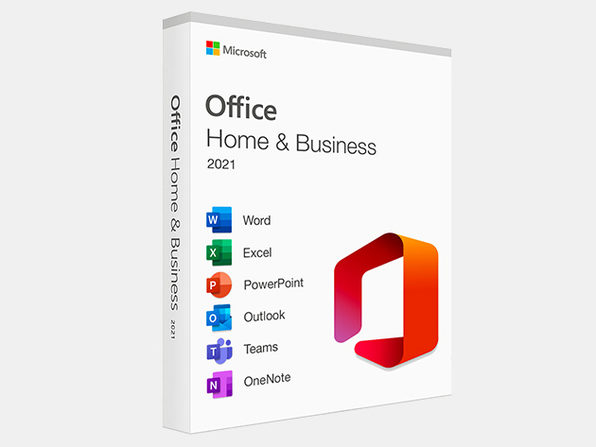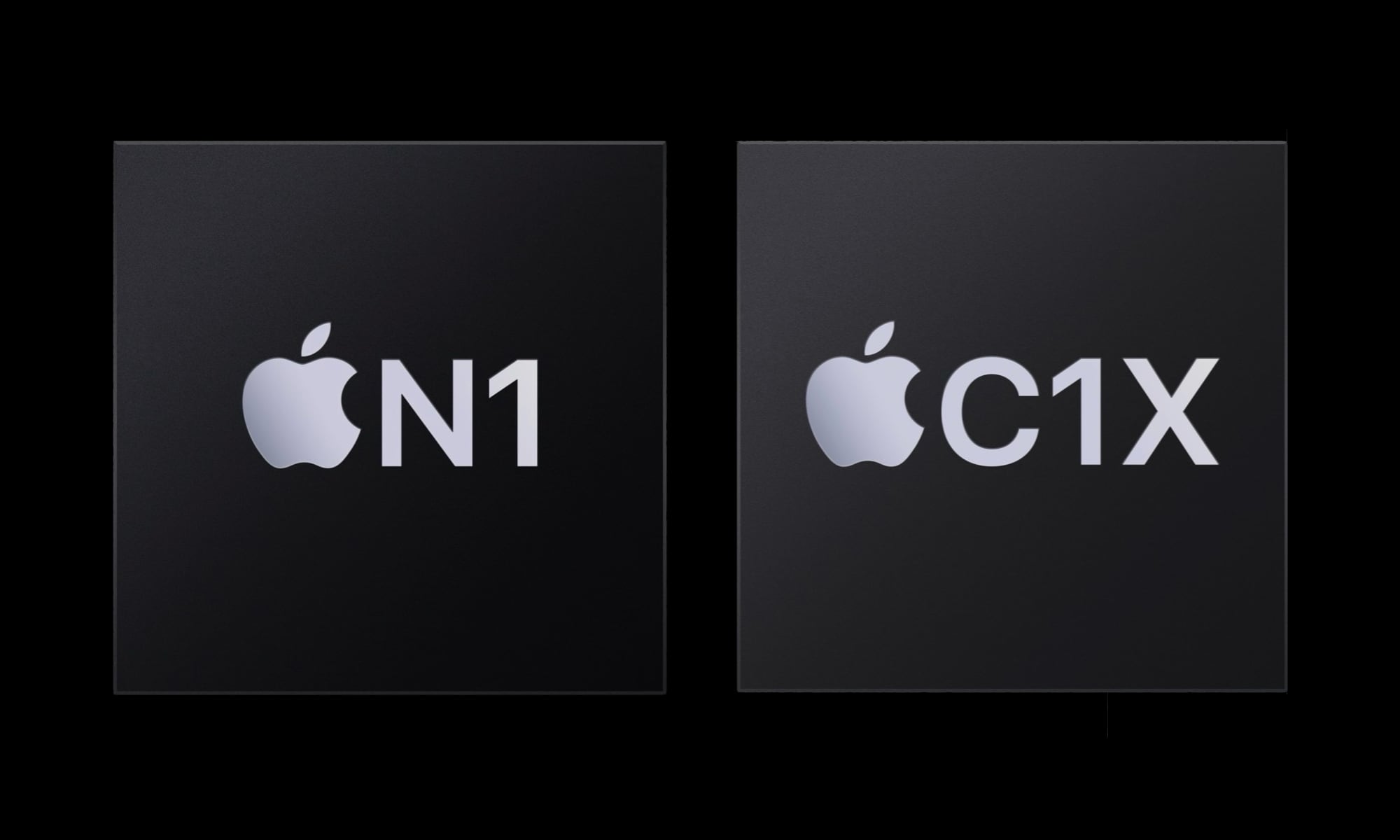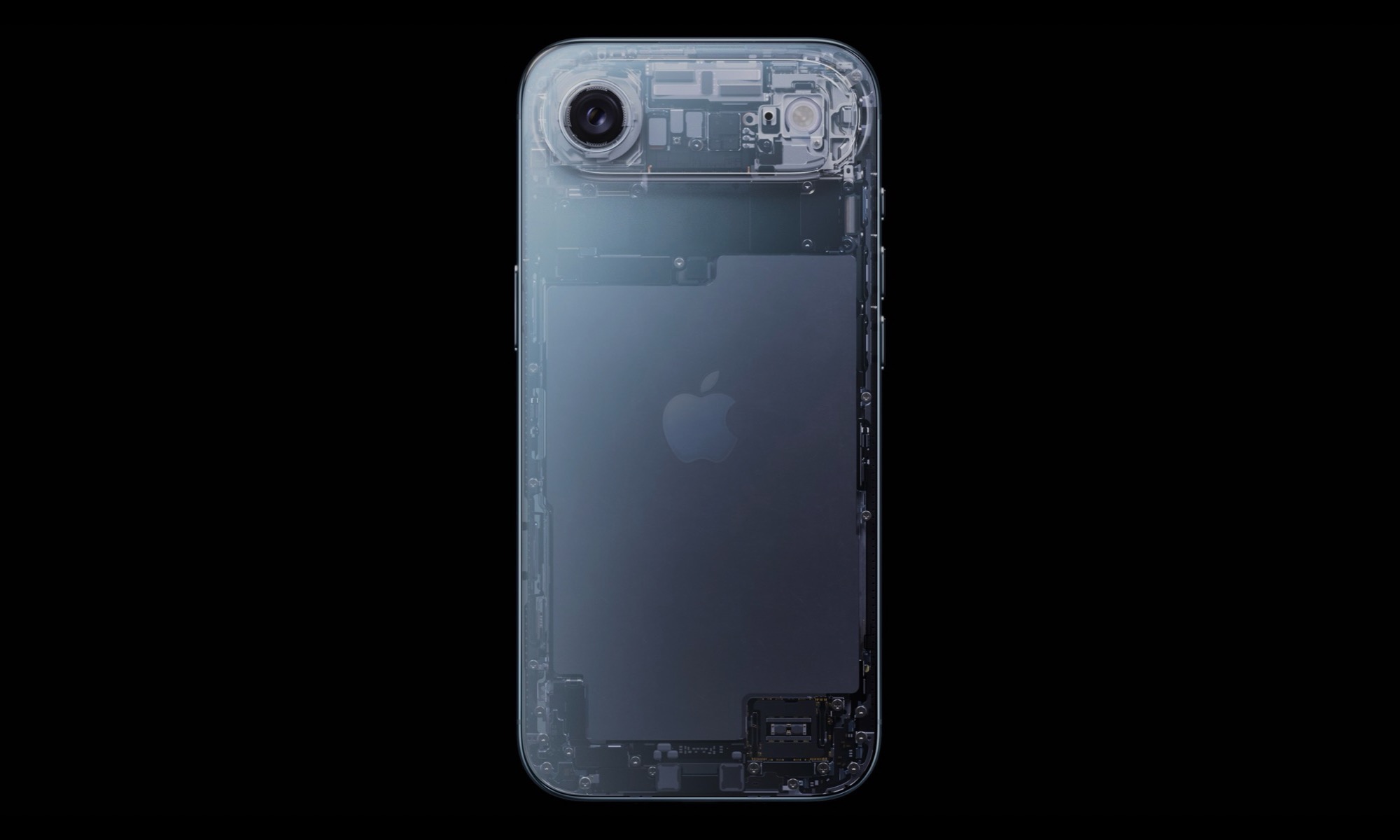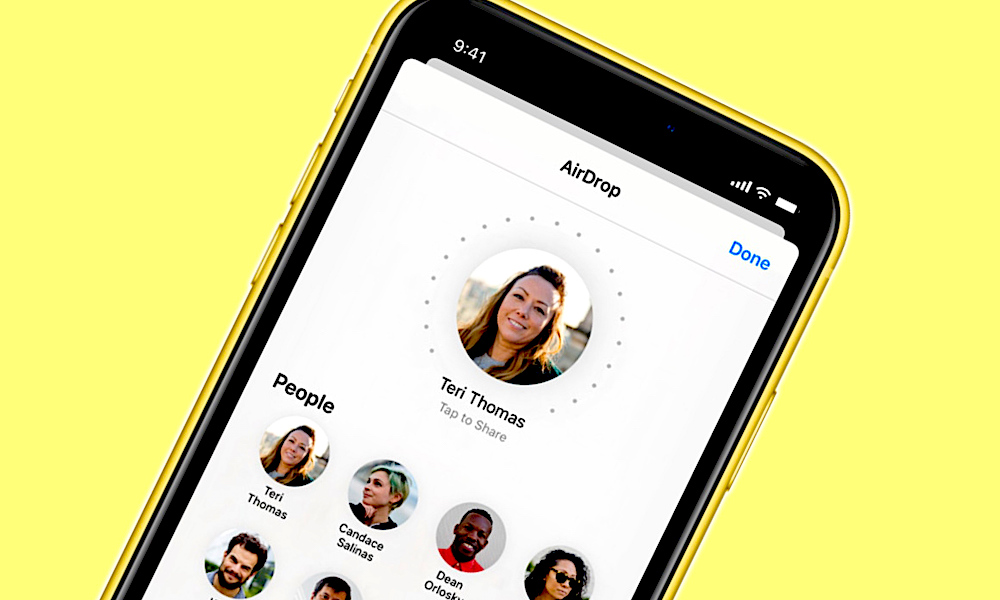What Apple’s New N1 iPhone 17 Chip Means For You
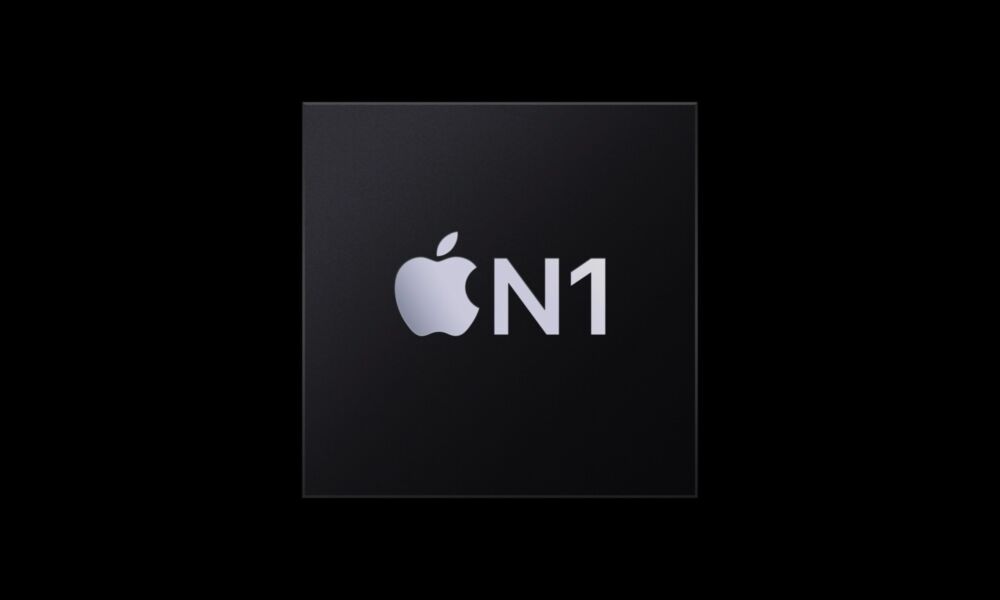
Toggle Dark Mode
One of the small but significant surprises in this year’s iPhone 17 lineup was Apple’s decision to move to an in-house Wi-Fi and Bluetooth chip. The company has dubbed it the N1, and it’s the next big step in its plan to ensure that its devices run fully on its own silicon.
The move follows the introduction of the C1 chip in the iPhone 16e earlier this year, a 5G modem chip that was the culmination of years of work to reduce its reliance on Qualcomm. While we didn’t know what Apple was going to call it until this year, it’s no secret that it’s been working to create its own 5G modem since it picked up Intel’s 5G modem business for $1 billion in 2019.
However, it wasn’t until late last year that reports began circulating that Apple was also working on a chip to handle Wi-Fi and Bluetooth. That shouldn’t have come as a big surprise, considering Apple’s desire to control as many of the crucial pieces of its hardware as it can. However, it also seemingly had a more harmonious relationship with Broadcom, the company that traditionally supplied these chips, especially compared to its rather tumultuous history with Qualcomm.
Nevertheless, control over its platform isn’t the only reason to build its own chip. Custom-engineered silicon has its own advantages, as the C1 chip has already proven. While Apple’s purchasing power allows it to exert some influence over its suppliers, there’s still only so much other chip-makers can do to accommodate Apple’s needs — and also only so much of its own trade secrets that Apple is willing to share. On the other hand, its own engineers can create communication chips that work hand-in-glove with its powerful A-series (and M- and S-series) core processors.
While the C-series modem chips have a way to go before Apple can ditch Qualcomm entirely, Apple has already taken its first brave step into that new world by putting a C1X into the iPhone Air. However, the rest of the lineup hasn’t made the switch yet, and reports suggest that won’t happen until the next-generation C2 chip comes along, possibly in time for the iPhone 18 lineup.
Thankfully, that’s not the case with Apple’s new N1 chip, which has found its way into the entire new iPhone lineup, from the svelte iPhone Air (where it was almost a necessity to keep things tight), to the iPhone 17, iPhone 17 Pro, and iPhone 17 Pro Max.
That’s largely because Wi-Fi and Bluetooth are considerably less complex than 5G technology, which needs to work over greater ranges and across a much broader range of bands and frequencies worldwide. There’s less testing to get a chip like the N1 ready for prime time, as evidenced by the fact that we only began hearing rumors about it a few months ago. Apple has undoubtedly been working on it for much longer, but it’s flown below the radar as the entire testing and certification process is considerably more straightforward.
In terms of radios, N1 supports Wi-Fi 7, Bluetooth 6, and Thread — with Apple explicitly calling out more reliable Personal Hotspot and AirDrop. Last year’s iPhone 16 already supported Wi-Fi 7 and Thread; the real win here is Apple’s tighter co-design and power behavior, plus the move to Bluetooth 6, although early reports also note there’s still a 160 MHz Wi-Fi 7 channel limit on the N1, so we shouldn’t expect 320 MHz headline speeds yet.
In terms of raw tech specs, the N1 chip supports more or less the same Wi-Fi 7 and Thread technologies as last year’s iPhone models, while also introducing Bluetooth 6 for the first time. However, Apple shares in its marketing spiel that its own design allows it to improve core features like Personal Hotspot and AirDrop.
The iPhone 17 lineup also introduces N1, a new Apple-designed wireless networking chip that enables Wi-Fi 7, Bluetooth 6, and Thread. In addition to powering the latest generation of wireless technologies, N1 improves the overall performance and reliability of features like Personal Hotspot and AirDrop.
We’ll have to wait for some real-world experiences to see how much of an improvement that represents, but it’s not all that surprising that Apple would design its own chip to prioritize its own features.
Still, there’s more going on inside that new chip than just better performance. In an interview with CNBC, Apple VPs Tim Millet and Arun Mathias offered some more insights into what Apple’s new level of control is now allowing it to do for the iPhone experience.
Not surprisingly, one of the major advantages is power efficiency. Apple appears to have sweat the details here on not just making the chip consume less power overall, but also finding ways to perform tasks more efficiently than the Broadcom chips were able to by offloading more power-hungry wireless processes that would normally be handled by the A19 Pro over to the lower-power N1:
We are able to co-design our SoC — A19 Pro — with N1 to build power management capabilities that allow us to keep the application processor, the big SoC A19 Pro, mostly asleep while the wireless is running. But quietly, we can build in co-designed interfaces into that N1 that allow us to do processing on the SoC at extremely low energy for background tasks.
Tim Millet, vice president of platform architecture
One example that Millet and Mathias shared was how location tracking could be handled more power-efficiently by the N1 without fully waking up the beastly A19 Pro.
One of the things people may not realize is that your Wi-Fi access points actually contribute to your device’s awareness of location, so you don’t need to use GPS, which actually costs more from a power perspective. By being able to do this more seamlessly in the background, not needing to wake up the application processor as much, we can do that significantly more efficiently.
Arun Mathias, vice president of wireless software technologies and ecosystems
There’s little doubt that the new iPhone lineup is just the opening act for the new N1 chip. If anything, some believed it would come to a new HomePod mini first. In a December 2024 report, Bloomberg’s Mark Gurman revealed a new “combined Wi-Fi and Bluetooth chip” with the code-name “Proxima,” which is likely what turned out to be the N1.
At the time, the report sparked rumors that the AirPort router lineup might make a return, but Gurman was quick to dismiss that, although he did add that the new chip was sophisticated enough that it could turn a HomePod or Apple TV into a wireless access point — the key word being could. The debut of the N1 chip in the iPhone suggests that it may not be a priority for Apple, but that’s not to say it can’t happen someday.
While the new N1 chip won’t radically change how you use your iPhone day-to-day, it should make some of the things you already rely on, such as AirDrop, Personal Hotspot, and location services, work more smoothly and use less power. Support for Bluetooth 6, Wi-Fi 7, and Thread also ensures that it can handle the next wave of accessories and smart-home gear. It’s a subtle quality-of-life upgrade that will make an even bigger difference in the long run by ensuring the new iPhone is ready for the future.

